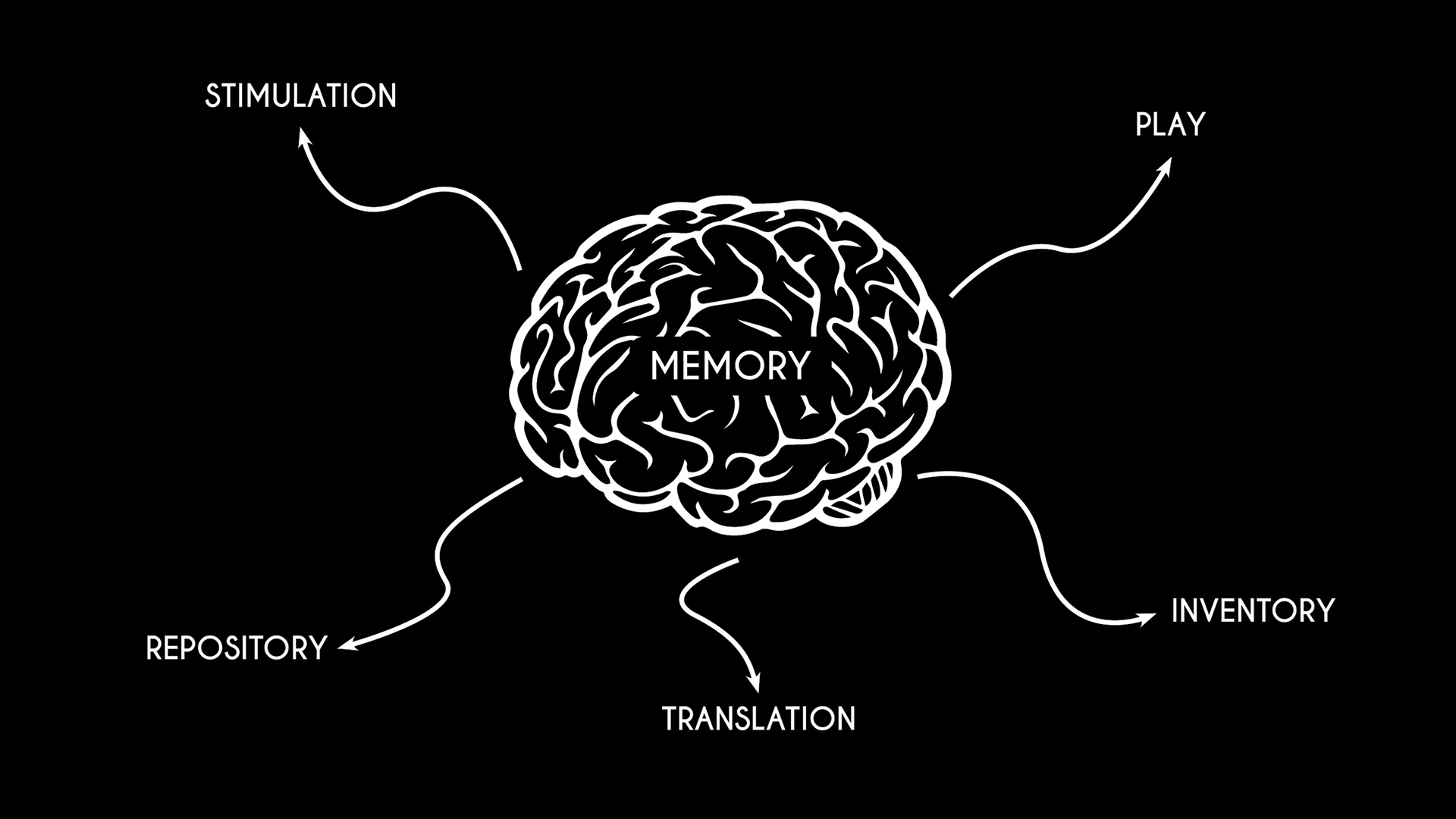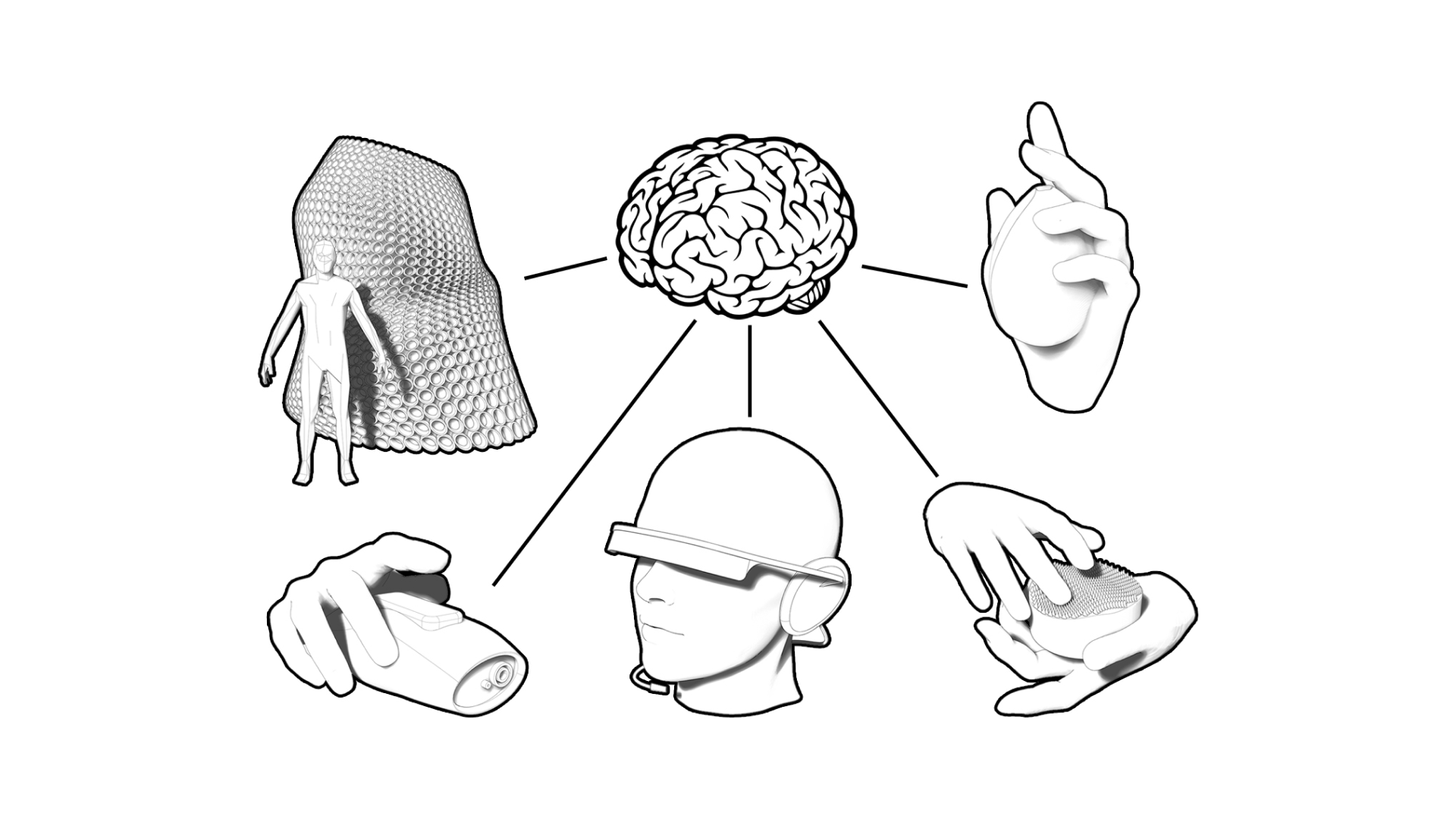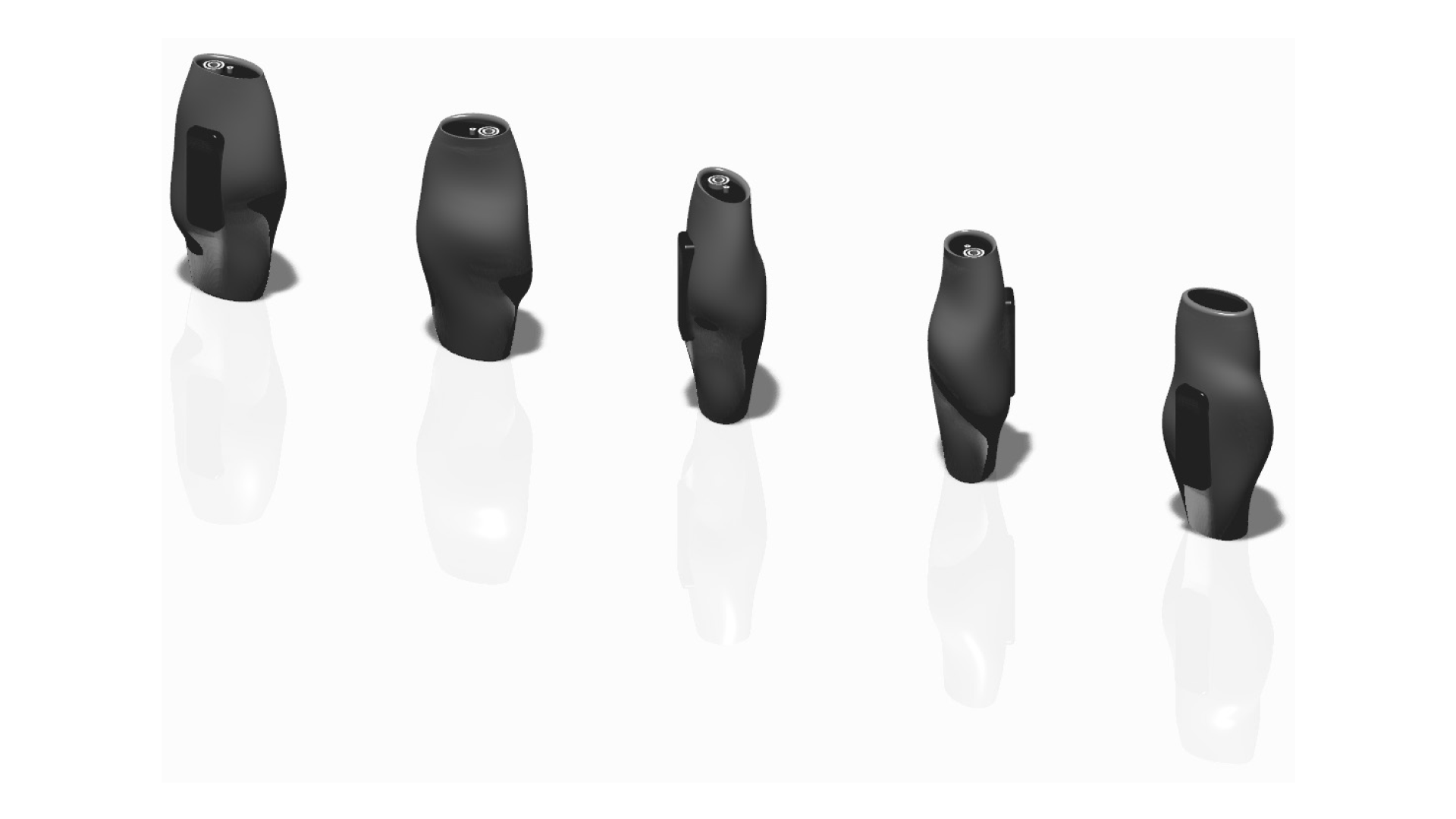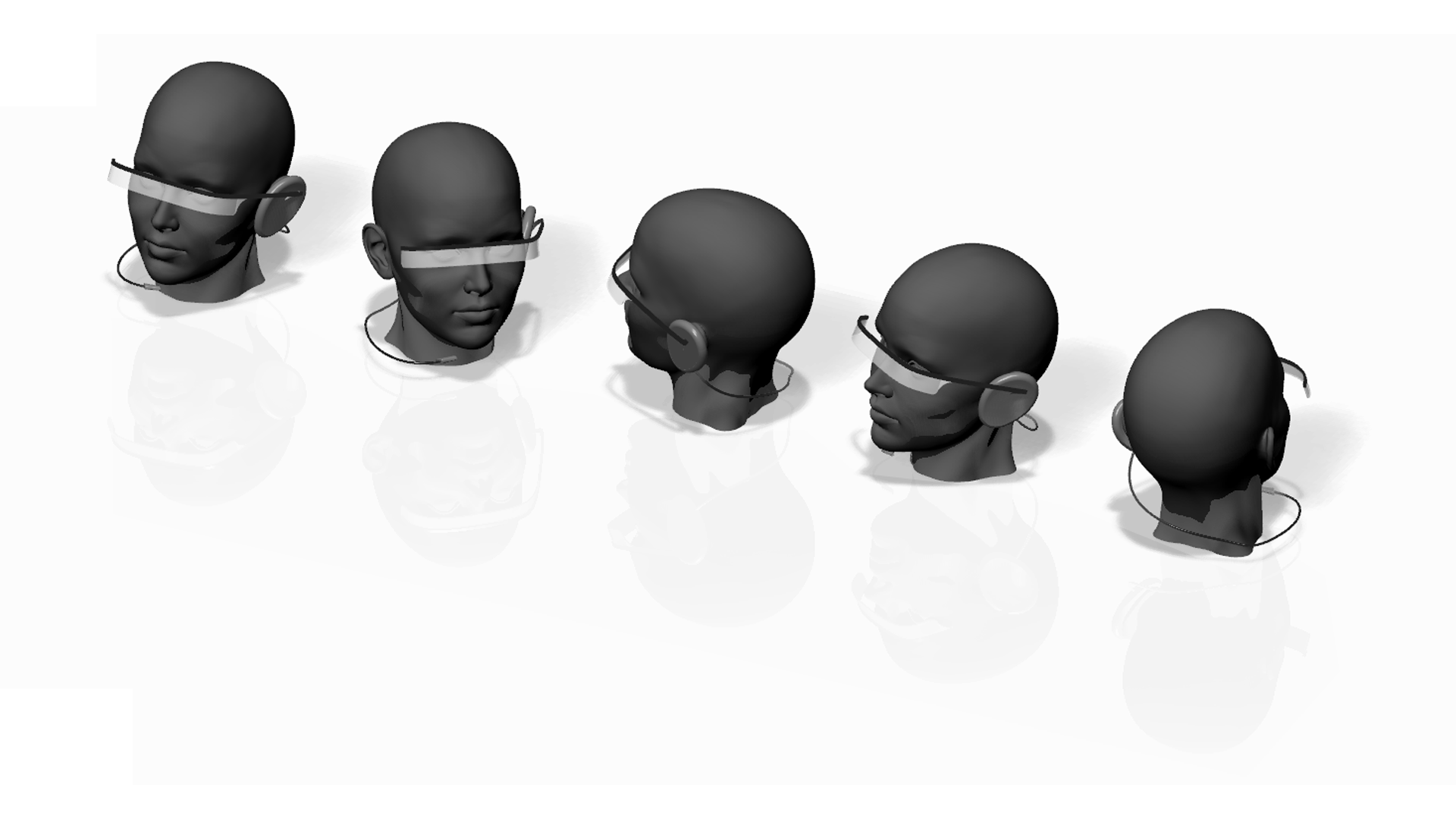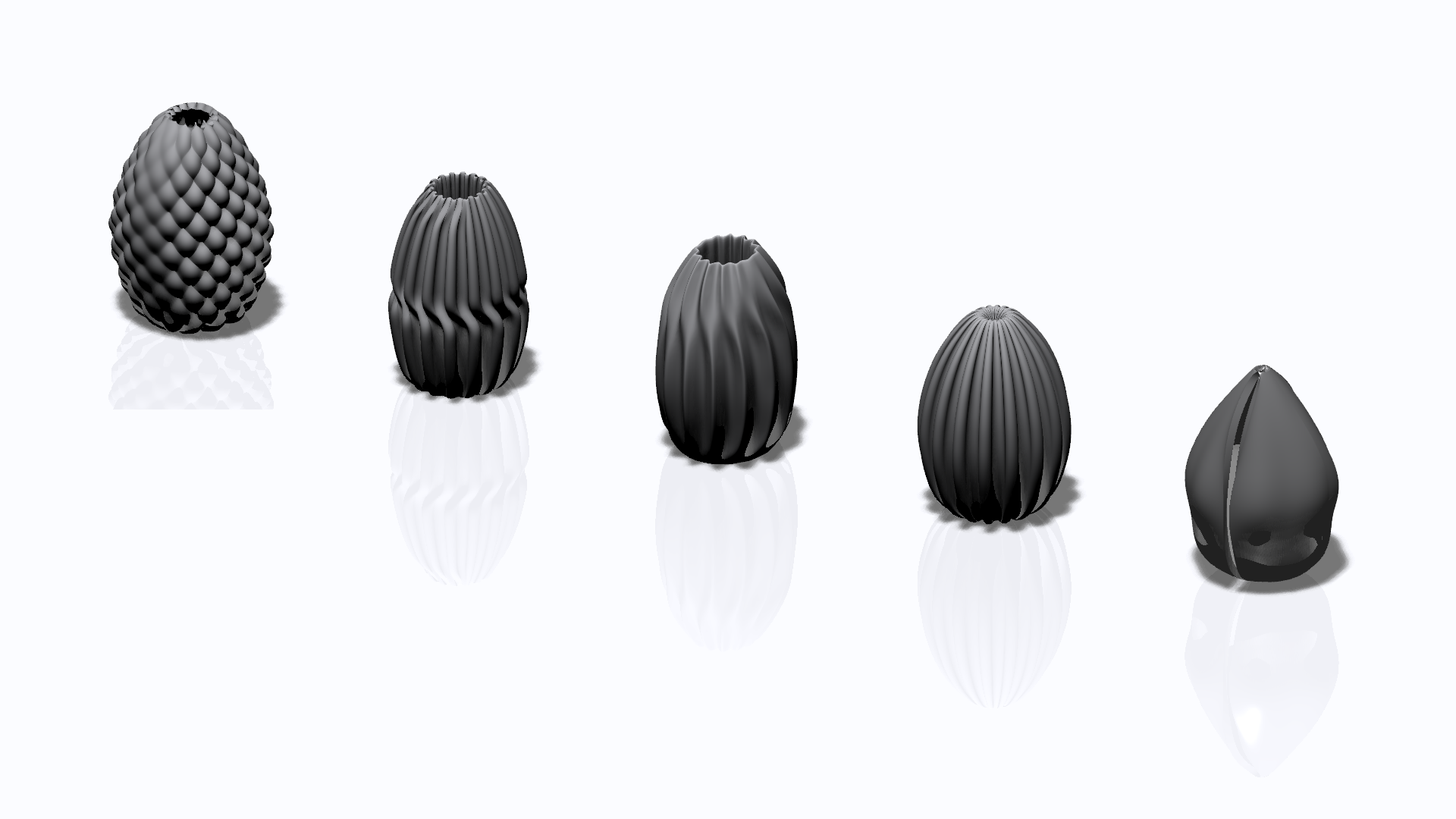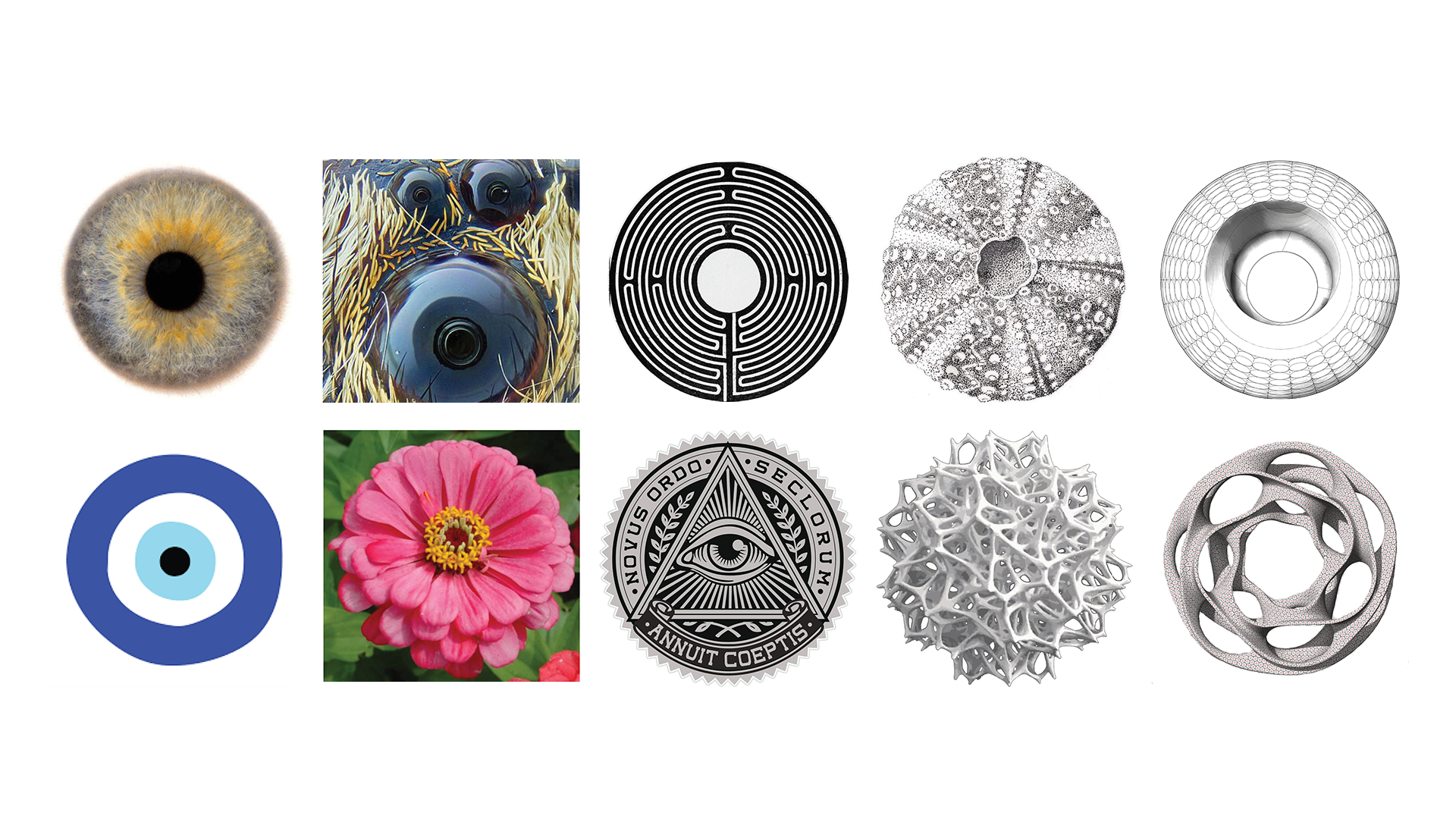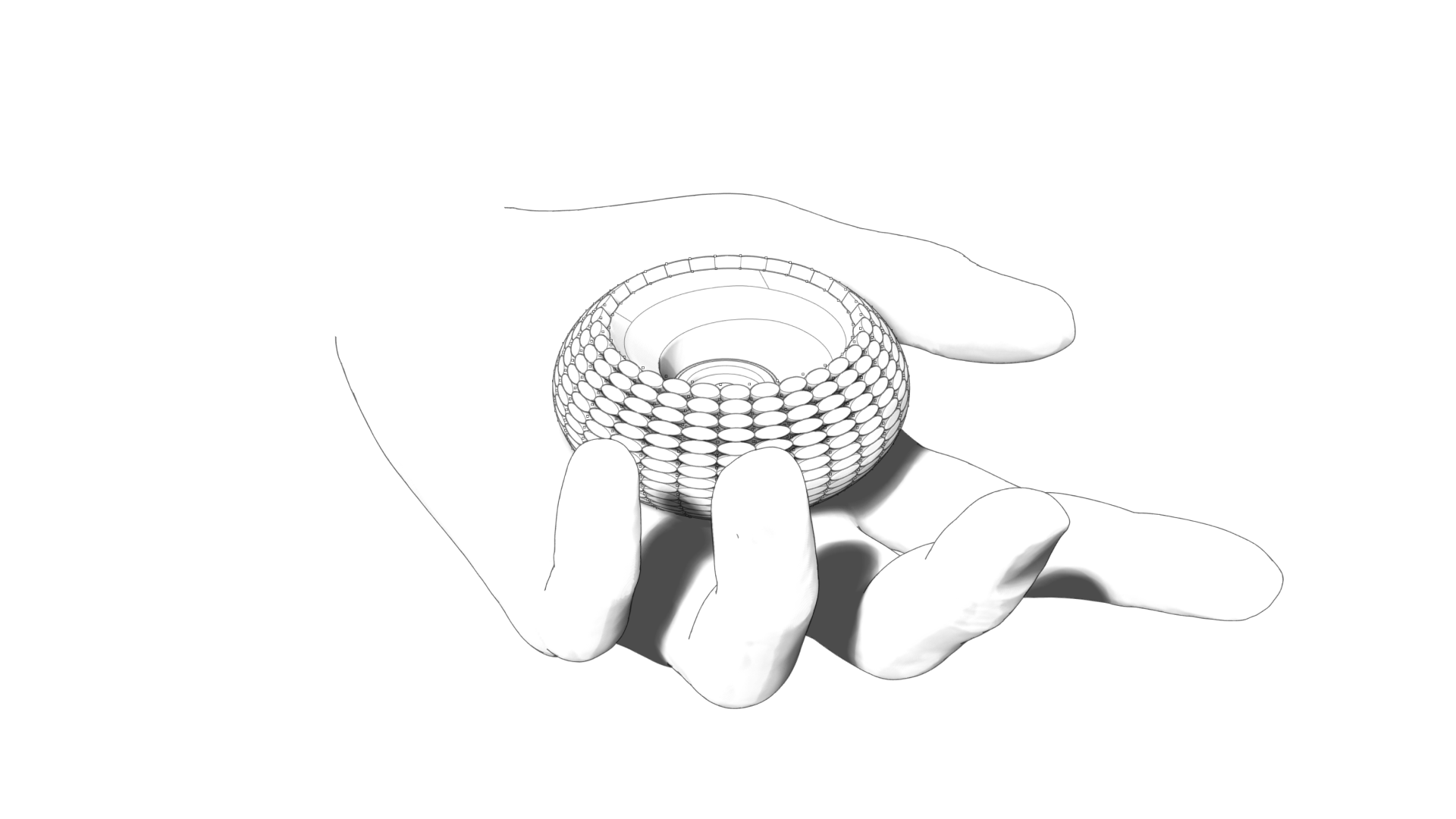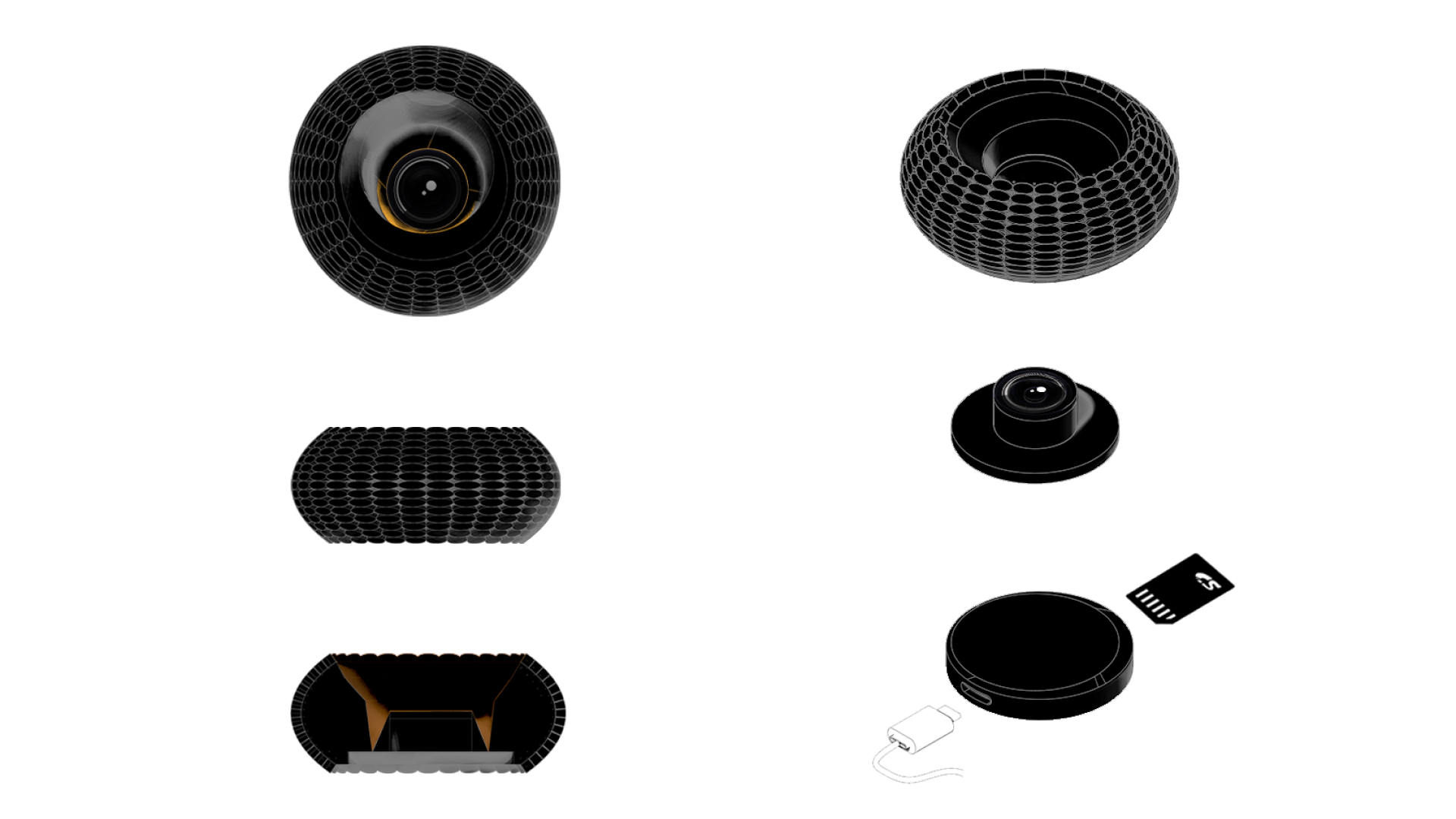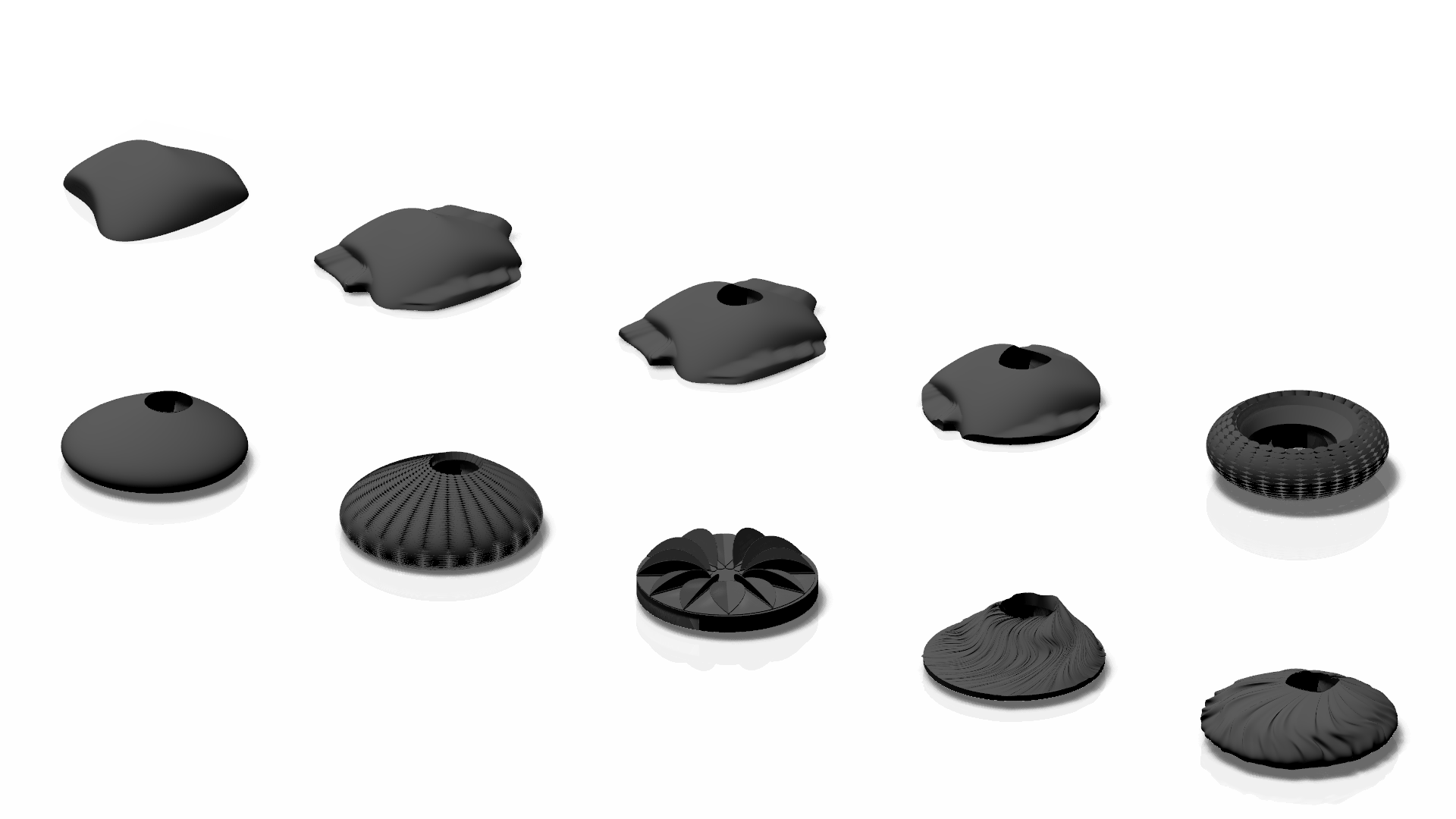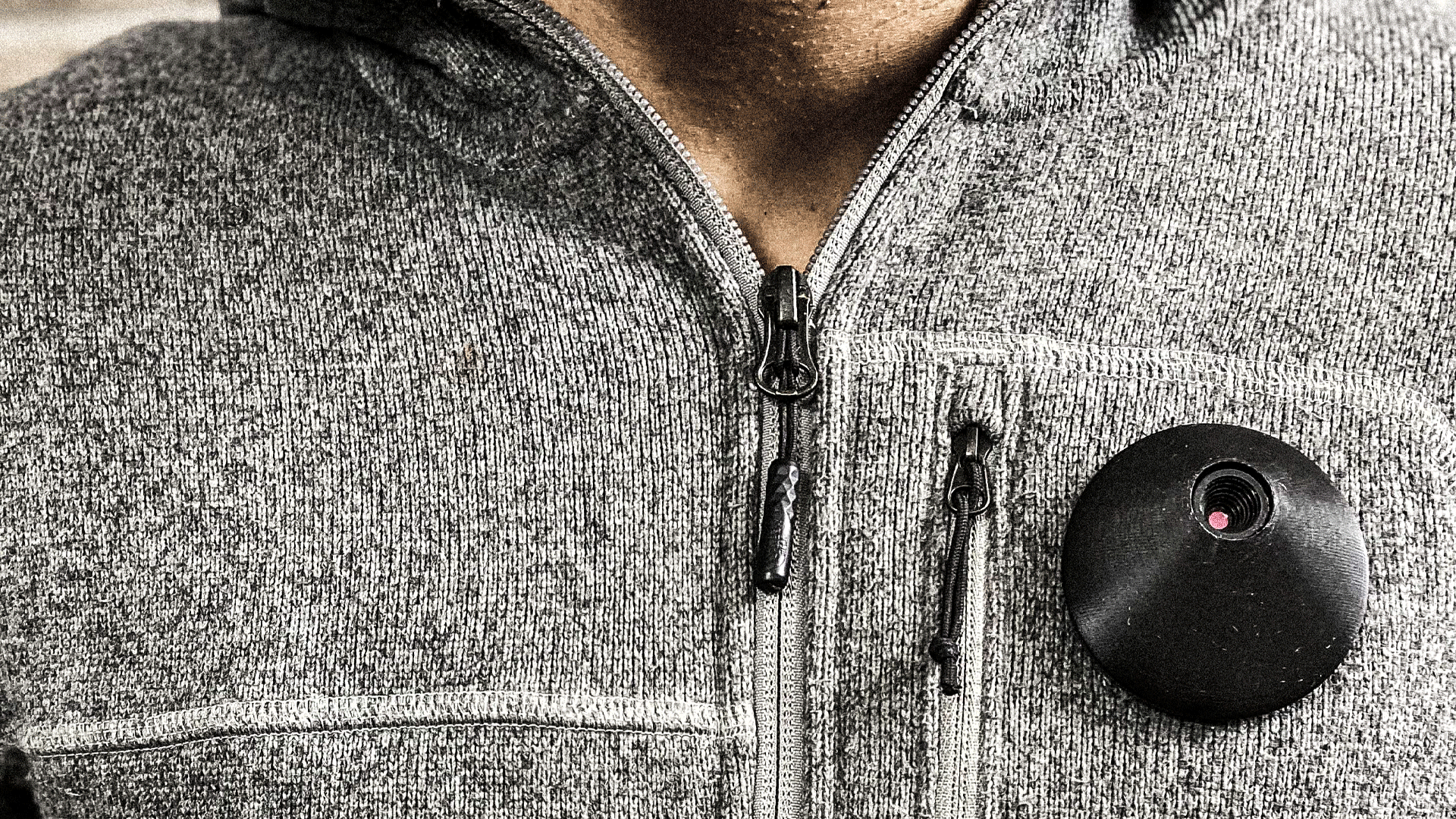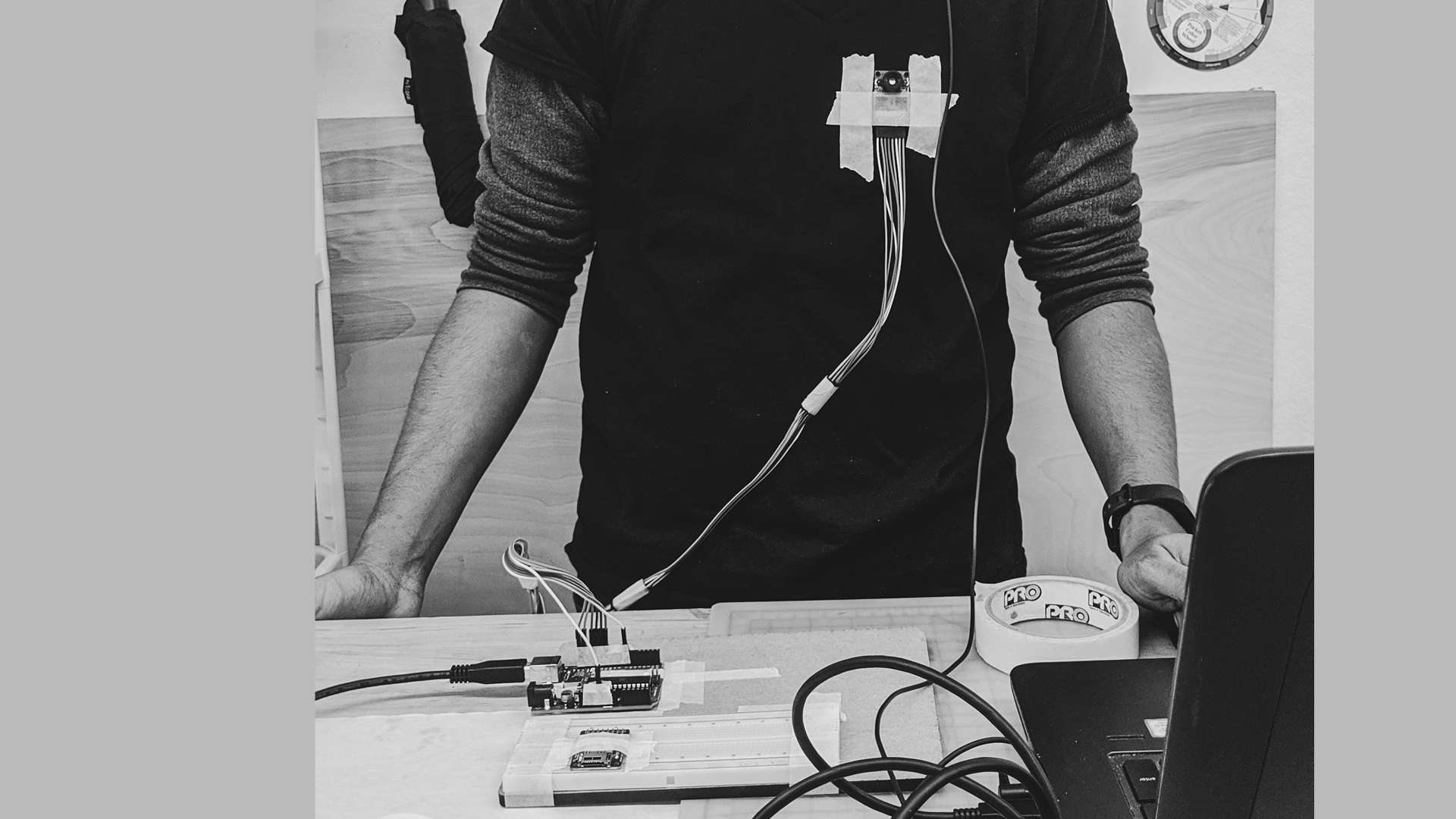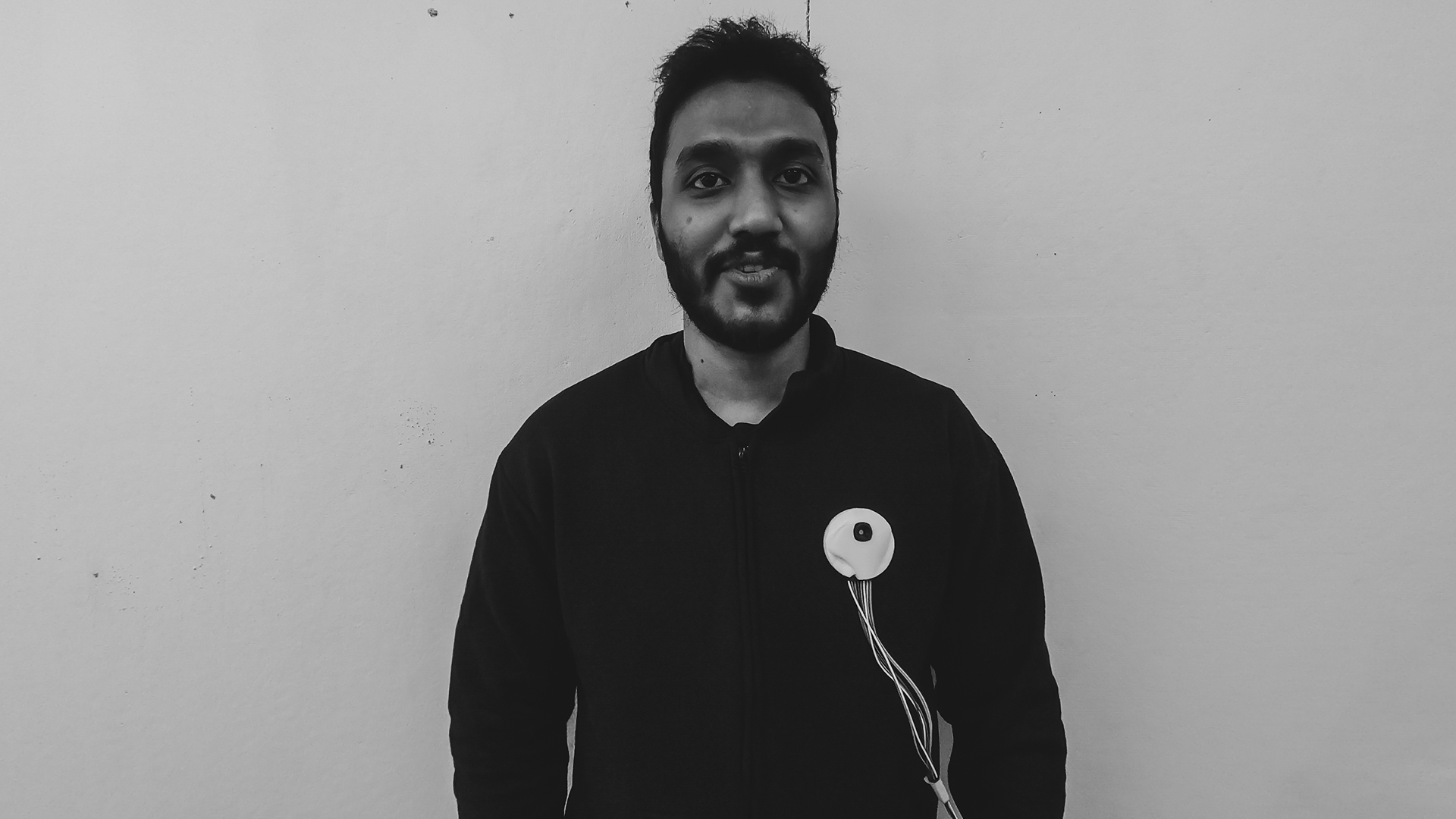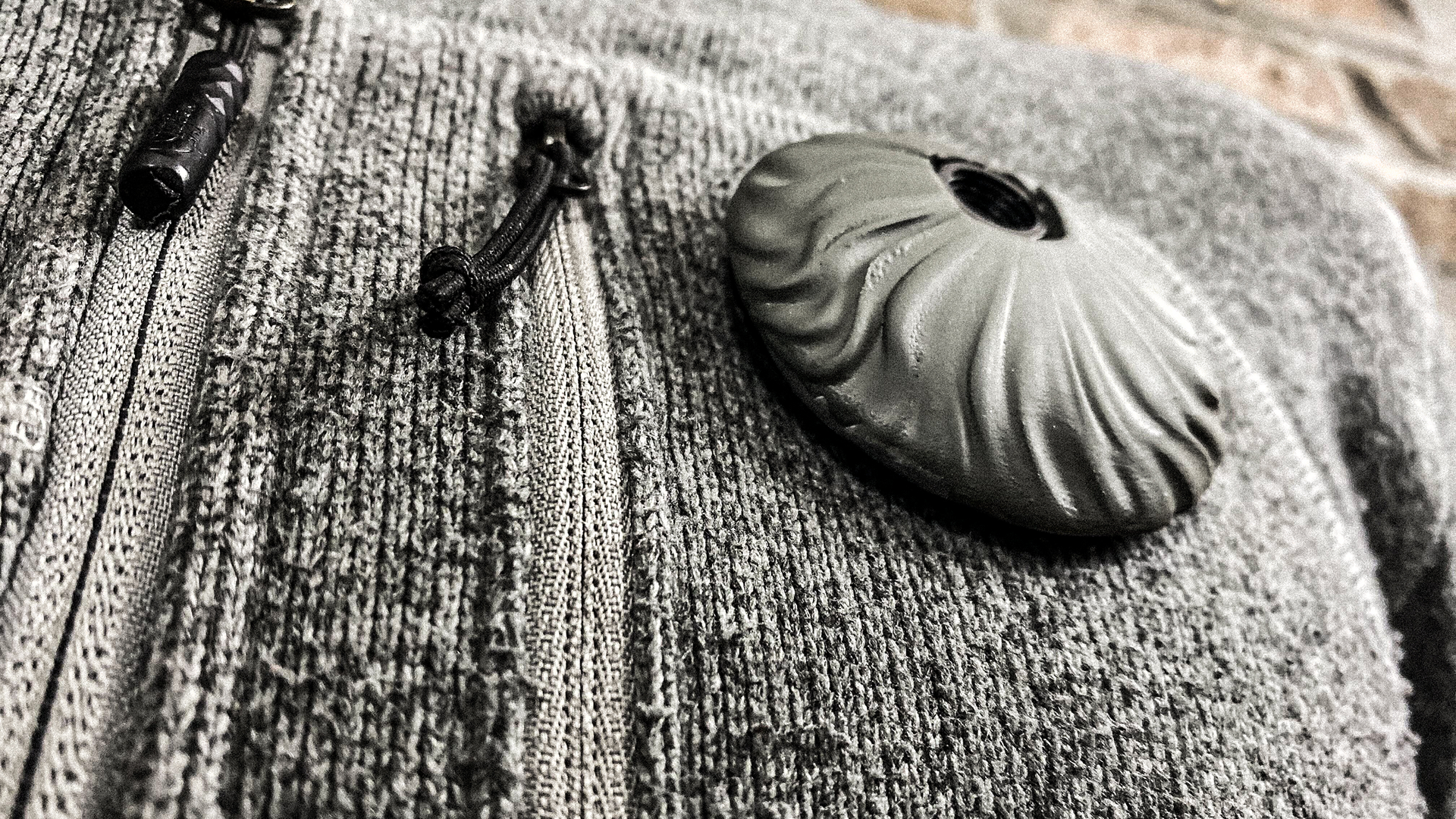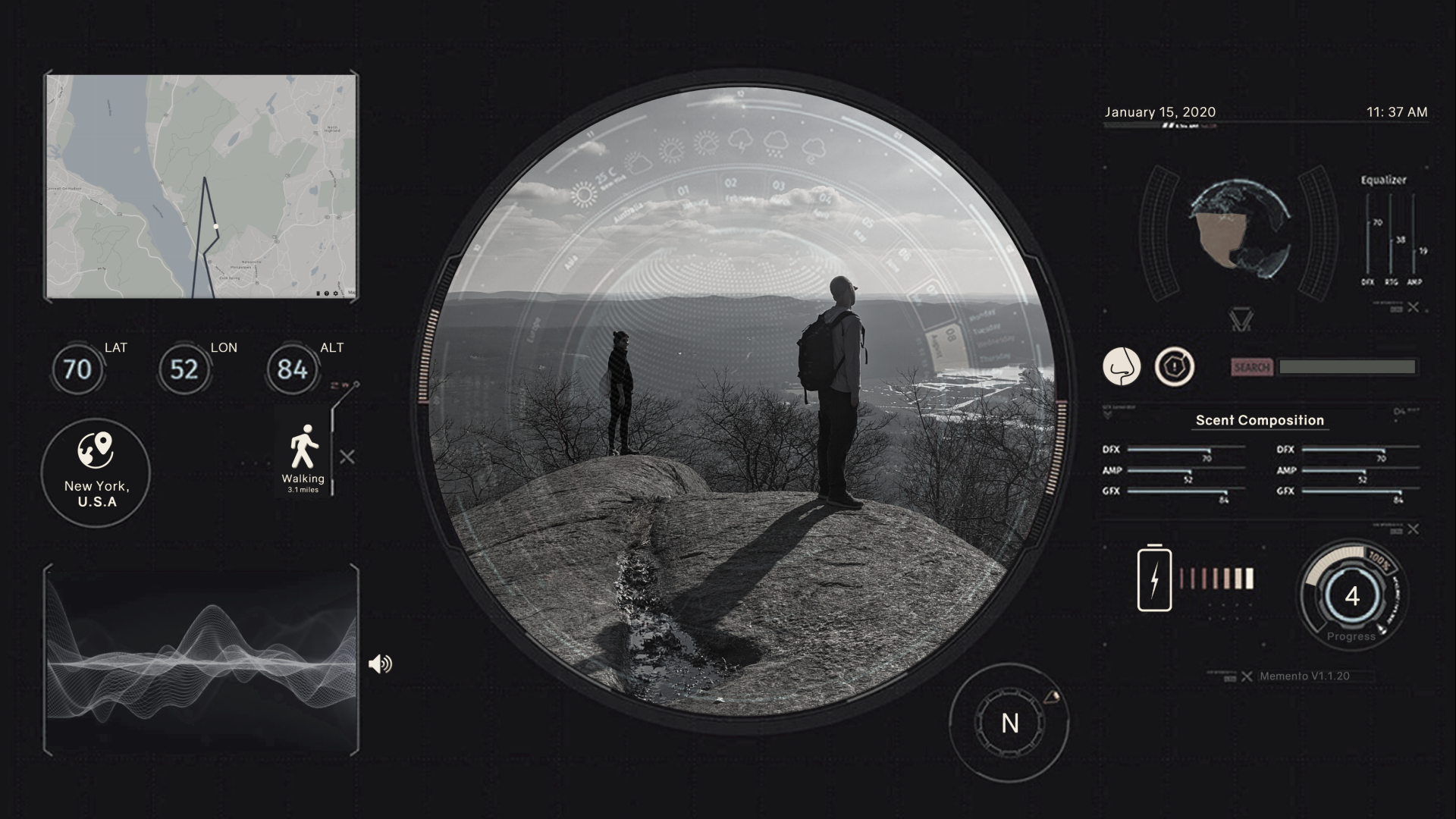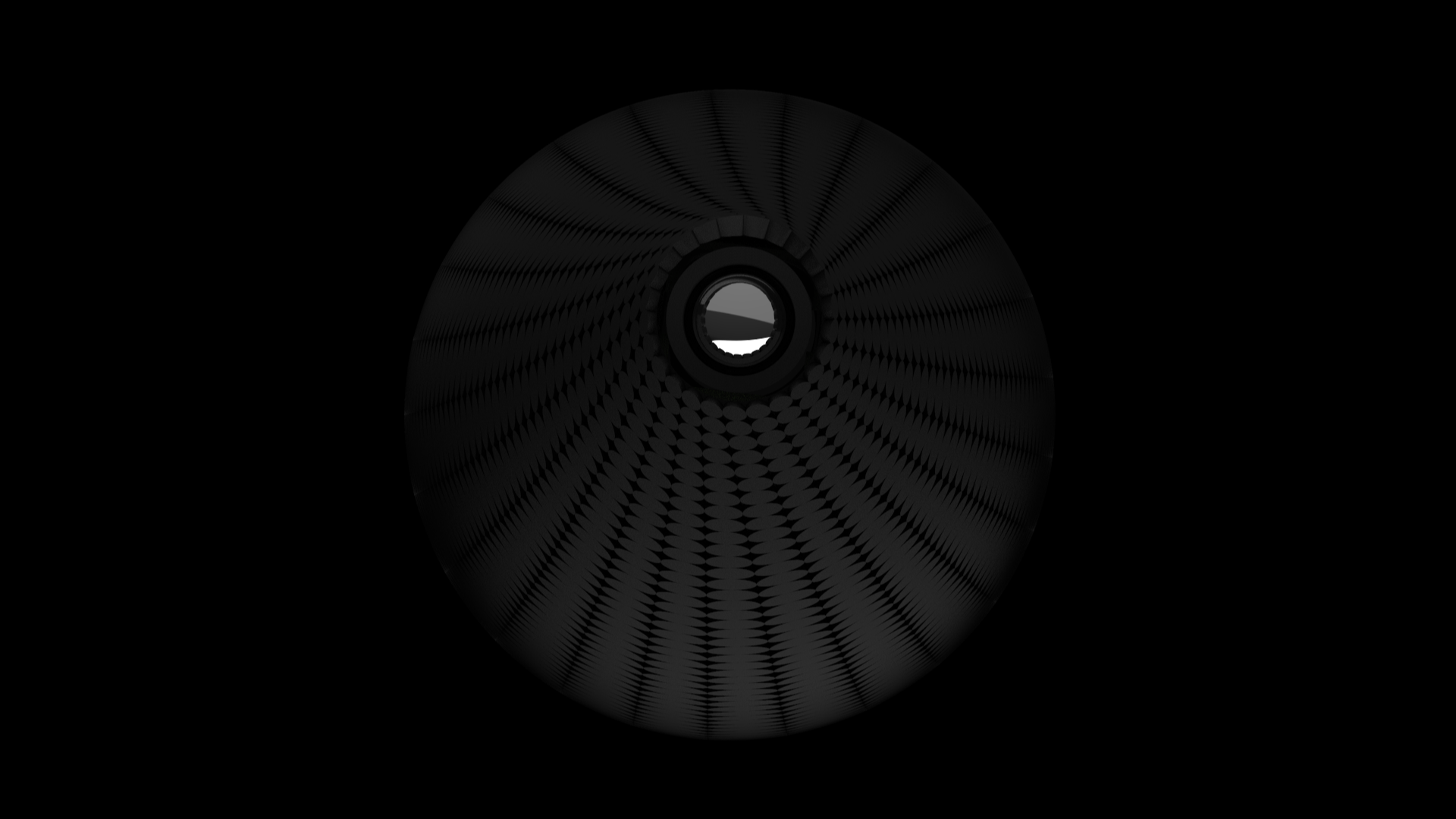
Abstract
Our memory mediates our interaction with the world. It is one of the most fundamental human activities, but it is only when it fails us that we even think about it. Experiences are had, memories are made, memories are remembered and memories fade. This project takes a closer look at what makes a good memory; methods that help recollect and remember things better; what parts of memory can be quantified and translated into tangible experiences; the social aspects of memory and how you can plan for memory loss in the future. The focus of the project is on improving and facilitating the creation of enhanced experiential memories using methods that can help regular people going about regular everyday lives recollect memories better.
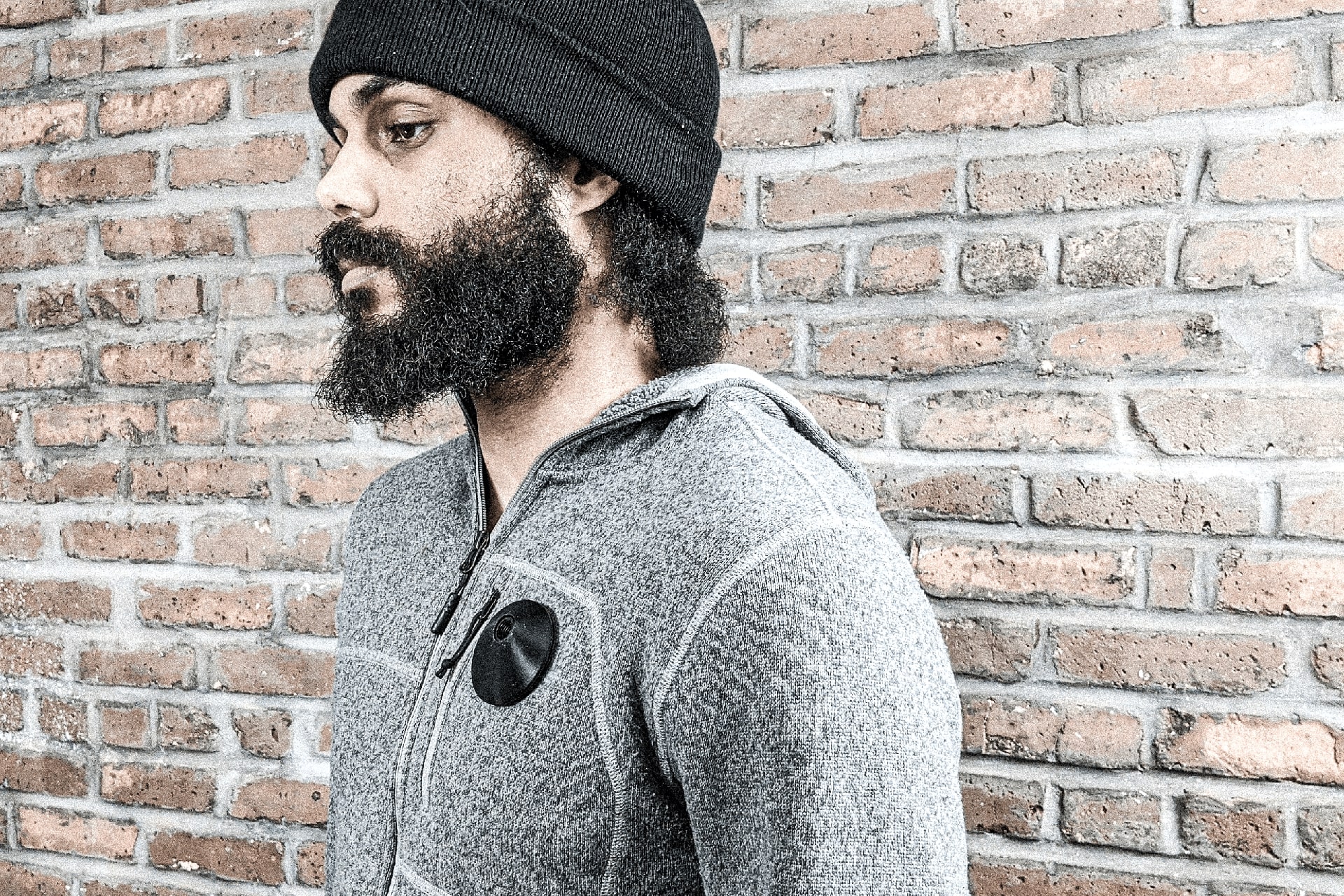
Memento aims at helping people look back at past experiences and recollecting them effectively and effortlessly through minimal technological interference and seamless integration. The lack or loss of memory in today’s world of the internet, social media and fast paced technology is highly detrimental to our functioning at our highest level and this is the problem this project attempts to address.
Design
Taking a step towards addressing many of these issues, I arrived at Memento, an autonomous wearable device that aims to create a narrative of your life. It captures your daily routine in the form of a timeline linked to the places you have visited, the sights you have seen and the sounds you have heard and possibly also scents* you have experienced in the future. It’s function is to create a short and concise summary of a day which can be seen as parts of a puzzle that aids the user in piecing together the activities of that day.


Theory
The strongest memories were emphatically linked to the placing of the memory in the real world, recalling the narrative or story behind how the memory came to being and the powerful emotions felt at that moment. Emotions are the only aspect out of the three that cannot be quantified, it cannot be expressed or translated into quantifiable data. One can piece together the narrative and place, and with the introduction of a stimulus to recreate emotion, the memory can be brought back vividly.
User Experience
I began looking at how I could quantify a memory, by quantifying its parts. I found that I could quantify location using gps, area, co-ordinates and similar spatial data. I could quantify emotion by sensory association, regenerating a previously experienced stimulus would bring back the same feelings associated with it. Similar to how a sudden smell or song could brick back a lost feeling. In this way I was able to link emotion and stimuli (visuals, sounds, smells, touch and taste). Finally I could quantify the story by plotting movements and captured location data onto a real time map, this creates a brief timeline of that day or week or month or year. You can have a road map of every place you have been so far and it begins to tell parts of your whole story.
User Interface
The Memento Gallery is meant to provide a clutter free collection of images that you can re-experience. Imagine opening up a picture, hearing a sound or recognizing a scent and going back to a specific moment in time. Look back on days, weeks, months and years of your life summarized into a consolidated database. You can choose how you want to experience every moment, you can return to a specific moment or you can search for a collection of experiences cataloged by locations, time or stimuli (visuals and sounds). Maybe search for cinnamon and it shows every instance of cinnamon that was captured. It encourages you to relive a memory and strengthen your associations with it.
Conclusion
The importance of having a device timed to take pictures automatically is that it will capture moments that you would not otherwise take pictures of. The mundane, those random dispensable moments, “the boring stuff”. But there is still magic in these moments and a moment missed, might be a moment lost in the future. The device does not chose what it photographs and sometimes this is important. While taking a photograph, the brain tends to not focus on the non visual stimuli and you tend not to have an experiential recollection of that moment. The user does not have to lose parts of a moment by photographing it. The device takes the user out of the picture and captures the moment for you thereby enabling the user to better experience the moment in addition to having a quantified representation of that moment.
The device creates a concise database of memories, revisiting them strengthens associations with them and this is enabled here by the Memento Gallery application. A working solution to remembering your life better and planning for future memory loss. The device showed promising results when tasked with creating sensory associations with stimuli and successfully recalling them.
This device is meant to provide a spark for recollecting moments, provide a narrative of events and strengthen associations created in moments by routinely revisiting them. It is able to add context to moments, by the creation of this new type of layered photograph. The more number of layers the stronger the stimulation of memory recollection. Memento is essentially a brief well-organized experiential summation of your life.
Project Gallery
A visual journey capturing the project’s evolution—from concept to reality—through drawings, images, and design explorations.
